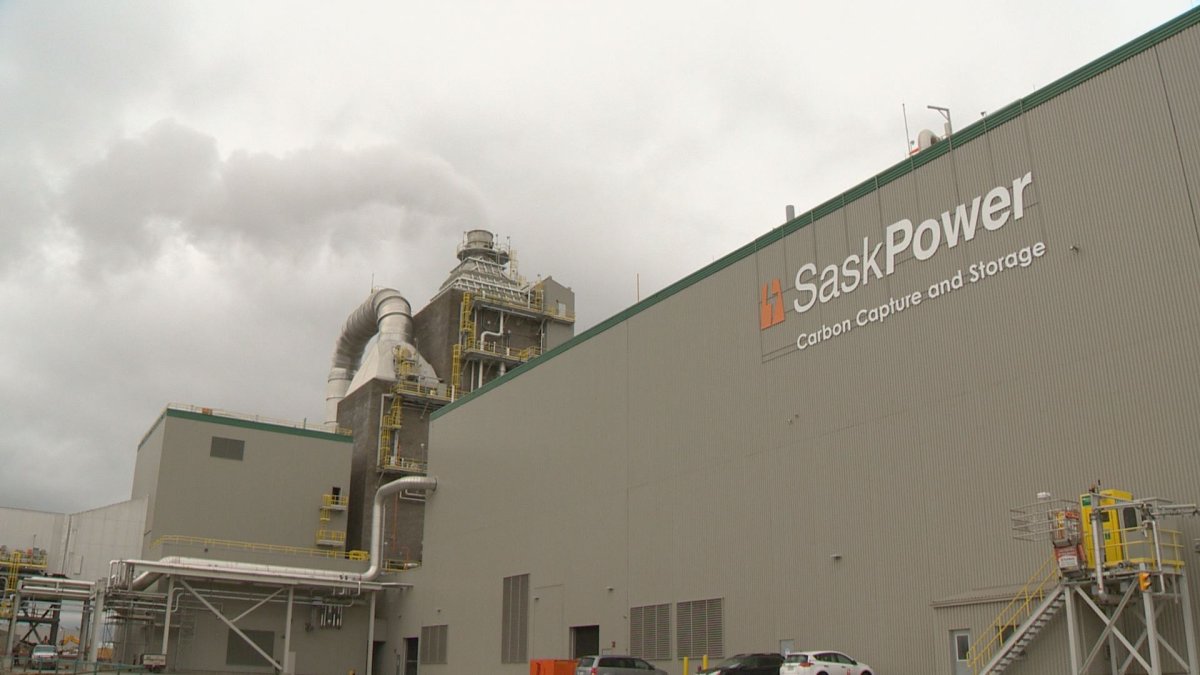Costs of maintenance and operating the Carbon Capture and Storage (CCS) facility at Boundary Dam Three (BD3) have been steadily climbing since 2014.

“We asked a written question about the operating and maintenance costs for the carbon capture facility itself, and they indicated last year it was $27 million. Their budget I think was around $14 million. So, something’s not going well,” SaskPower critic Sproule said.
Documents from the ministry show that the CCS facility’s operation and maintenance costed $12.2 million in the 2014 fiscal year. That climbed to $19.7 million the next year, the following year
it was $21.4 million, and now the cost is $26.7 million from April 1, 2017 to February 28, 2018.
READ MORE: Over 2M tonnes of CO2 captured by Boundary Dam CCS project: SaskPower
Minister responsible for SaskPower Dustin Duncan admits the Crown corporation has had challenges when it comes to the amine solution, which is an essential component in the carbon capture process, and overall operation of the facility.
“This summer, we had what was to be a short, planned shutdown for maintenance became a fairly extended period of time,” Duncan said.
“That shutdown wasn’t the carbon capture unit, it was the power plant itself. So it was unrelated to capturing carbon.”
That shutdown had the facility offline though June and August last year. However, the facility has been operating 100 per cent of the time so far this year.
READ MORE: Despite two-million tonnes, milestone carbon capture hasn’t won over critics
It cost $1.5 billion to retrofit BD3 with the CCS facility. Both the province and SaskPower have been considering similar retrofits to Boundary Dams Four and Five. Duncan says these ballooning maintenance costs are factored into future plans.
“It will be part of that discussion of whether or not to proceed. There’s a number of factors that’ll go into making those decisions about the future of carbon capture and sequestration, but certainly the findings from the first couple of years of BD3 will be a part of that,” Duncan said.
Also factored into the future CCS decisions is the lingering question of whether or not the province and Ottawa will sign an equivalency agreement on coal-fired power generation. If signed, the federal government would acknowledge that Saskatchewan meets or exceeds federal emission standards, and the province could regulate its own emissions for SaskPower coal-fired power plants.
Without an agreement, all coal power plants that don’t meet strict emissions regulations will be forced to close at the end of their economic life or 2030, whichever comes first.
As of the March 12, the CCS facility has captured over two million tonnes of carbon dioxide.




Comments